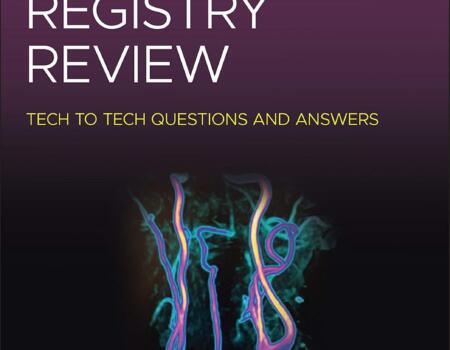The Evolution of Access Control Systems in the Digital Age
In the dawn of the 21st century, the realm of security has undergone a monumental shift, particularly in the sphere of access control systems (ACS). This evolution has been propelled by rapid technological advancements, changing the landscape of security in a digital age where the demand for both robust security and convenience has skyrocketed. This article delves into this fascinating journey, shedding light on the cutting-edge technologies that are setting new standards in the domain of access control.
From Mechanical Locks to Smart Solutions
Historically, access control was synonymous with mechanical locks and keys – a simple, yet somewhat effective means of securing premises. However, the limitations were glaring, prompting a shift towards electronic access control systems. This transition marked the beginning of a digital transformation. Initially, magnetic stripe cards were the standard, offering a higher level of security than traditional keys but eventually giving way to proximity cards and RFID technology due to vulnerabilities and the inconvenience of wear and tear.
The true game-changer, however, has been the advent of smart access control systems. These are not merely about opening doors but are part of a larger ecosystem that integrates security with convenience, efficiency, and smart management. Modern access control systems leverage technologies such as biometric authentication, mobile access control, and cloud-based management, offering unparalleled security and operational benefits.
Biometric Breakthroughs: A New Era of Security
Biometric technology has revolutionized access control by providing a level of security that is difficult to breach. Fingerprint, facial recognition, and iris scanning offer unique identifiers that cannot be easily duplicated, minimizing the risk of unauthorized access. This shift towards biometrics has been facilitated by advancements in sensor technology and algorithms, making these systems more reliable and accessible than ever before.
One of the key advantages of biometric access control systems is the elimination of traditional tokens or cards, which can be lost, stolen, or replicated. Furthermore, biometric systems provide a seamless user experience, with quick and easy access granted to authorized individuals. This technology has found applications in various sectors, including government buildings, corporate offices, and even residential properties, underscoring its versatility and effectiveness.
The Role of Mobile Access Control
In an age dominated by smartphones, mobile access control has emerged as a significant trend. Utilizing encrypted digital keys stored on a mobile device, users can gain access through a simple tap or even remotely. This convenience factor, coupled with high levels of security provided by encryption and dynamic credentials, makes mobile access an attractive proposition for modern access control systems.
The integration of mobile access with cloud-based management systems further enhances its appeal by offering real-time monitoring and management capabilities. Whether it’s granting or revoking access, tracking entry and exit, or even managing multiple sites remotely, mobile access control delivers a flexible and efficient solution that caters to the dynamic needs of today’s organizations.
Cloud-Based Management: The Future of Access Control
The shift towards cloud-based access control systems represents a significant leap forward, enabling centralized management of access points across multiple locations from a single platform. This not only simplifies administrative tasks but also improves scalability and flexibility, catering to the growing demands of businesses.
Cloud-based systems provide real-time insights and analytics, allowing for informed decisions and swift responses to security incidents. Moreover, they facilitate remote updates and integrations, ensuring that the access control system evolves in tandem with emerging security technologies and threats. This adaptability and ease of management underscore the potential of cloud-based systems to redefine access control in the digital age.
Navigating Challenges and Embracing Opportunities
Despite the undeniable benefits, the transition to advanced access control systems is not without its challenges. Concerns over data privacy, the reliability of biometric systems in varied conditions, and the potential for technological malfunctions highlight the need for ongoing research and development. Moreover, the initial investment in cutting-edge systems can be substantial, though the long-term benefits often justify the cost.
As we look to the future, the potential for further innovation in access control systems is boundless. The integration of artificial intelligence, machine learning, and IoT devices promises even smarter, more secure, and user-friendly solutions. The goal is not just to secure physical and digital assets but to create environments that are safe, efficient, and conducive to the way we live and work in the digital age.
The evolution of access control systems is a testament to the remarkable advances in technology and its application in enhancing security measures. As we venture further into the digital age, embracing these innovations will be crucial for organizations seeking to protect their premises while ensuring ease of access and operational efficiency. The journey from mechanical locks to smart, interconnected systems underscores a broader trend towards more integrated, intelligent, and user-centric security solutions, heralding a new era of access control in the digital landscape.
Discover more from Akiatech Solutions Blog
Subscribe to get the latest posts sent to your email.









